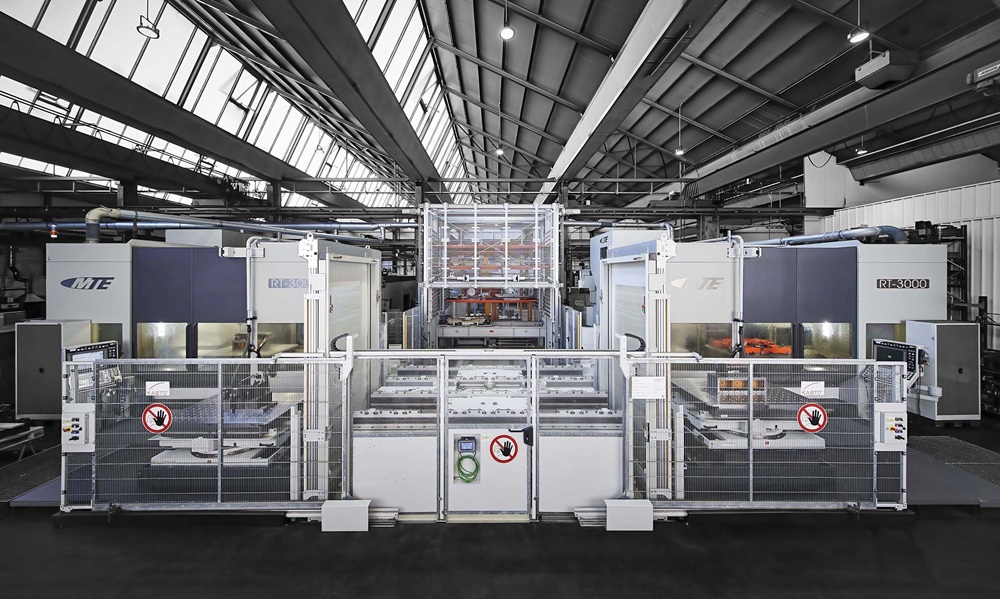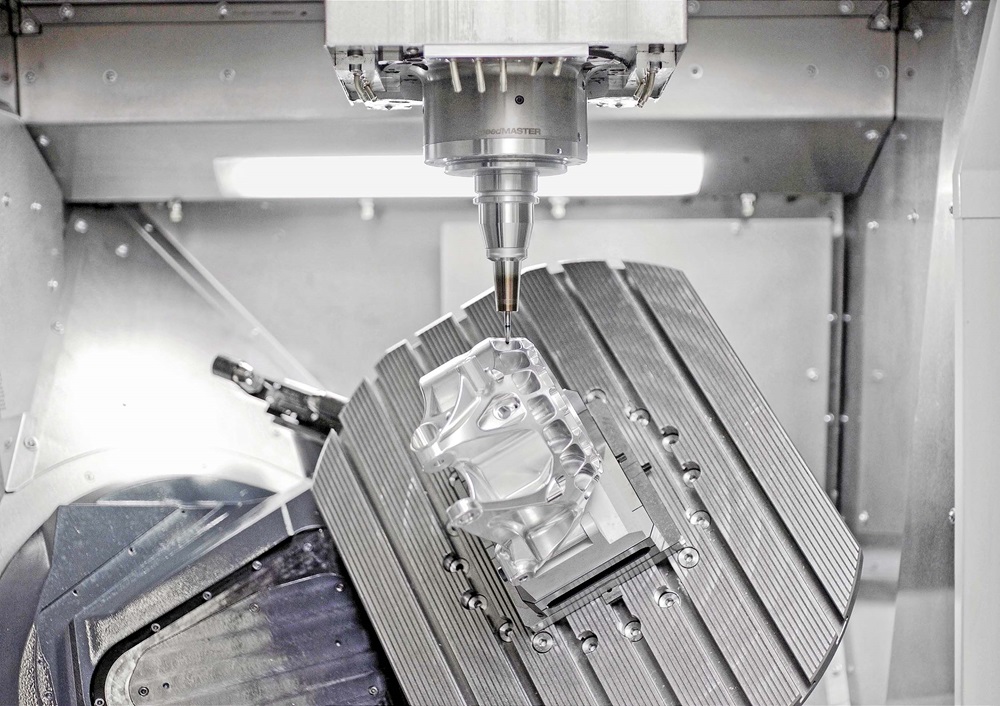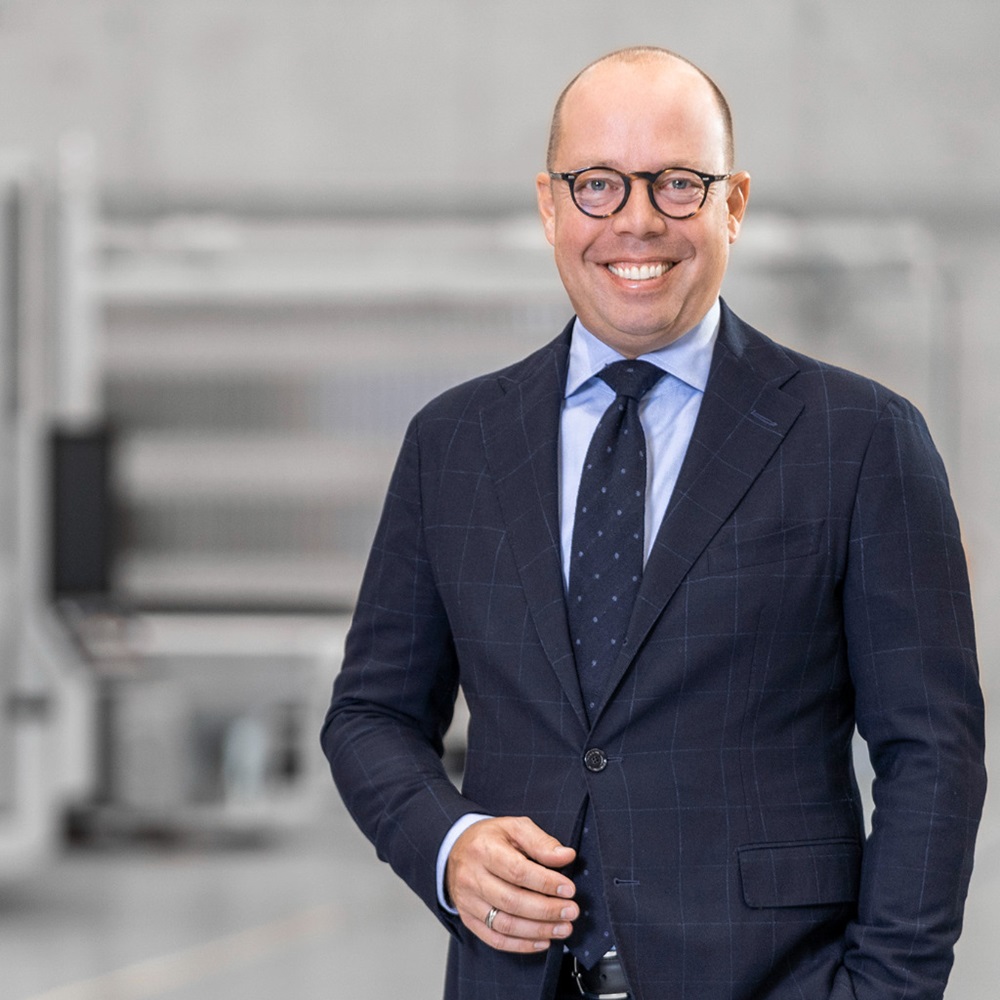Storage system and sawing machine manufacturer Kasto, through its UK and Ireland subsidiary, is expanding into a new area of activity with the launch of the UNITOWER cnc. This tower storage and retrieval system automates the transfer of plates carrying fixtured workpieces to machining centres, as well as the return of machined components to the store.
Suitable for automating one or more machines of virtually any make, the tower can hold fixtured components of considerable size on multiple levels in a compact footprint to a height of up to 20 m. Operators are able to prepare fresh fixtured workpieces on plates at separate adjacent set-up stations while machining is in progress. In this way, costly downtime is eliminated and productivity and profitability are raised by allowing the entire system, including high-value machine tools, to operate for extended periods.
Each shelf measuring 3 x 1.5 m in the tower accommodates one or two plates, depending on the size of the fixtured workpiece, while load height is anywhere up to 1.7 m, subject to a maximum supported weight per shelf of 5 tonnes. The plates have a zero-point clamping system on the underside for precise location on the pallets of twin-pallet-change machining centres, which saves the cost of having multiple expensive machine pallets in the system.
An overhead gantry crane in the tower automatically accesses a plate loaded with fixtured workpieces, which is transferred to the locations assigned by the controller via shuttle units and roller tracks configured to suit the application. In comparison with a paternoster system, the gantry crane has the advantage that only the targeted shelf is moved, rather than all of them, ensuring fast access times and saving energy.
More information www.kasto.com



















